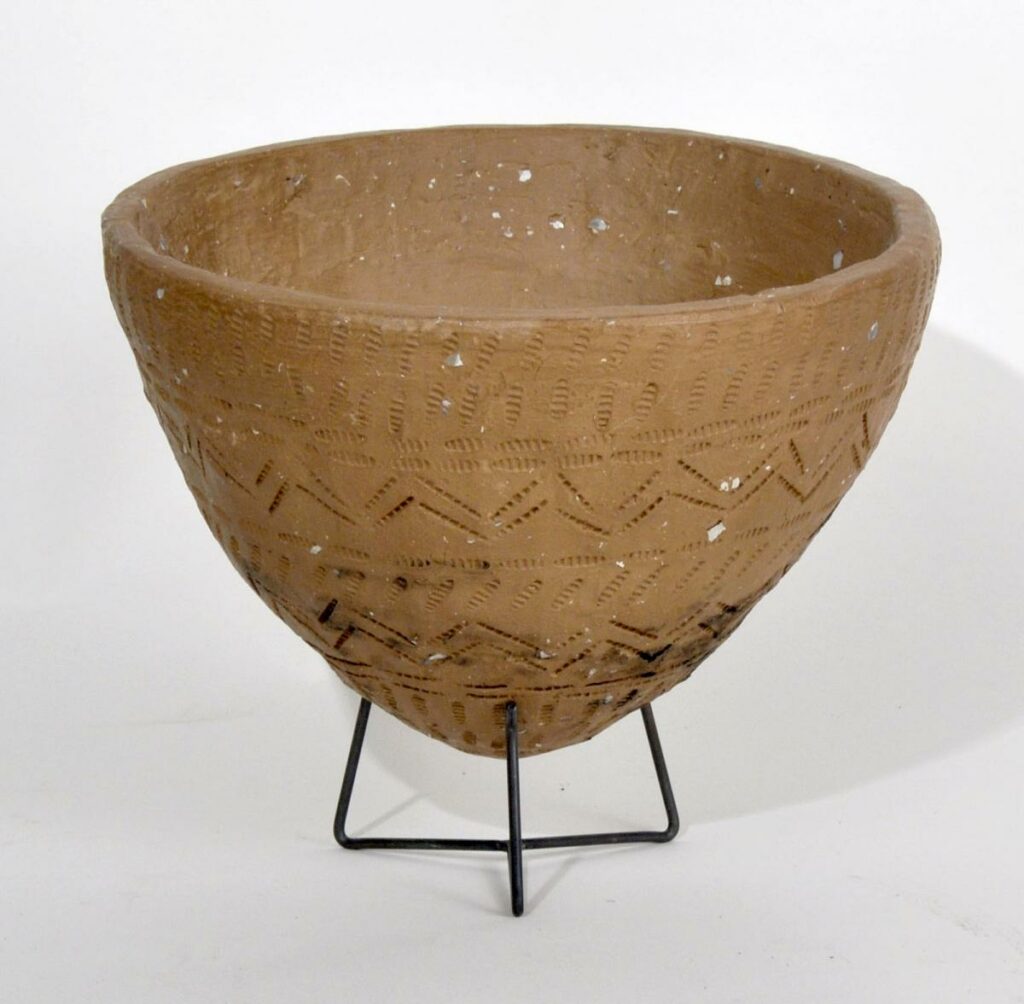In the Kuusamo region, the Comb Ceramic culture, which got its name from the decoration of clay vessels, was adopted around 4000 BC at the latest. Such vessels were used in large areas in Northern Europe. Ceramic clay in the storage and preparation of food was a significant innovation and it also speaks of the permanence of the settlement, although the hunting and gathering culture following the cycle of the year remained in the area until historical times.
Artifact finds from the Comb Ceramic period tell of connections with neighbours who lived far away, for example to the Valdai region in Russia beyond Lake Ladoga and Lake Onega. Objects made of flint were brought from there. There were also connections to the west, probably to Kierikki, the population centre at the mouth of River Iijoki.
Skis and sleighs made of wood, the preserved parts of which have been found at the bottom of lakes and swamps, testify to the craftsmanship of the population. They embody the development of herding and related transport technology, possibly also the use of dogs or other domesticated animals as draft animals. Progress was also made in the processing of stone objects. There are plenty of signs of it in places of residence. The finished stone objects are masterpieces both in terms of their design and their functional properties, let’s just mention the knife made of green slate found in Oivanki’s Kotaniemi. Even today, shoemakers use metal tools of the same type to cut leather.
The Comb Ceramic cultural period also includes the many red paint cave paintings of Suomussalmi’s Värikallio, right on the southern border of Kuusamo. Most of them depict moose and deer, there are also human figures with triangular heads.
The abundance of animal motifs talks about the importance of hunting for the entire cultural form, possibly also about the mythology and beliefs related to large game animals. The Finns and Sámi have later recorded a rich narrative tradition related to the moose and the bear. Part of it formed the constellations of the northern night sky named after these worshiped animals, which played a central role in determining time and place in ancient times.
The only cave painting found in Kuusamo proper is located on Julma Ölkky. It depicts a human figure that many have interpreted as a shaman.
